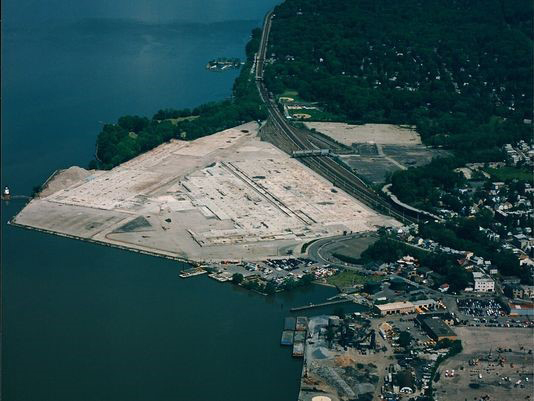Reinventing the Hudson Riverfront
One of the challenges and opportunities in Westchester County, as well as other developed and densely populated regions, is redevelopment of brownfield sites to stimulate economic growth. Such sites typically present complex variables for real estate owners and developers and can be issues of importance for entire communities. The balance between protecting green space, preserving residential neighborhoods and promoting commercial interests often cross-sect in brownfield projects that can be vital to sustaining a balanced quality of life in villages, towns and cities throughout the region.
At Cuddy & Feder we are proud of the instrumental role the firm has played and continues to play in fostering smart and creative land use redevelopment throughout Westchester County and the Hudson River Valley. It’s a core part of who we are and what we do. A recent example is our work as counsel to General Motors and the redevelopment of a former assembly plant along the Hudson riverfront into a mixed-use project in Sleepy Hollow. That project now under construction by the developer that acquired the property from GM will activate public access to this waterfront property, reconnect it to the Village and revitalize its importance as part of the community.
Back in 1996 when GM announced the closure of its Tarrytown plant, which had operated continuously as an auto assembly facility since 1914 and provided thousands of jobs to the community, many questions were raised about the site’s future. The plant and its millions of square feet simply could not be re-purposed. GM called on our team of real estate, environmental and land use attorneys to assist it with the community and begin the process of the site’s redevelopment. Rezoning, voluminous environmental impact studies, real estate agreements and even litigation were all part of the process that led to GM’s recent sale of this signature property.

Aerial view of the location before the development.
The Cuddy & Feder team collaborated with GM and other project professionals to successfully secure numerous state and local permits and approvals for the plan of development including new residential dwelling units, retail and office space, a hotel and a restaurant. The community benefits of the project extend well beyond getting this former manufacturing site redeveloped with new and exciting land uses. Acres of open space have been incorporated into the plan including the creation of new public riverfront spaces. It’s exciting to have been a part of reinventing a vacant waterfront site into a thriving and active part of Sleepy Hollow which will be known as Edge-on-Hudson. Sleepy Hollow Mayor Ken Wray commented:
The law plays a critical role in all real estate development, particularly in brownfield projects at a scale and magnitude where entire communities are being renewed and transformed from a bygone industrial era along the Hudson River. Effective real estate and land use counseling in these large scale developments starts at the local level and encompasses regional, state and national interests and requires a broad range of multi-disciplinary skills and experiences. At Cuddy & Feder, we integrate environmental, zoning, land use, finance and other legal disciplines critical to sustainable development along the Hudson River and these “once in a lifetime” opportunities for clients and communities alike.
